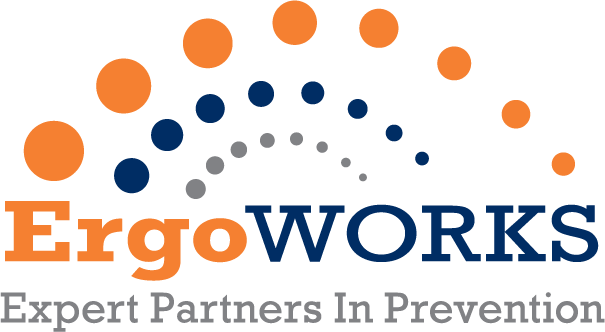An ergonomic program in a healthcare facility is crucial to ensure the safety and well-being of healthcare workers and patients. Ergonomic programs can be implemented with an outside expert, such as ErgoWorks, to reduce work-related injuries in the facility. Here are the key parts of an ergonomic program:
-
Data Collection: Collect and analyze data related to workplace injuries, incidents, and near misses. Use this information to make data-driven decisions for program improvements.
-
Safe Patient Handling Policies: Develop and implement policies and procedures for safe patient handling and movement. This should include guidelines for lifting, transferring, and repositioning patients using the right equipment and techniques.
-
Ergonomic Assessment: Start with a complete assessment of the healthcare facility to identify ergonomic hazards and risks. This involves evaluating workspaces, equipment design, and how tasks are performed. A standardized ergonomic assessment by ErgoWorks will provide objective data on how to improve the task or work area.
-
Employee Training: Ergonomic programs like ErgoWorks can provide training for healthcare staff on ergonomic principles, proper lifting techniques, safe patient handling, and ways to reduce muscle strain and injury risks. Regular, ongoing training for staff members is essential.
-
Job Rotation and Task Variation: Provide opportunities for job rotation, task variation, and regular breaks to reduce the prolonged and repetitive use of the same muscle groups. This helps prevent overuse injuries.
-
Improving Equipment and Workspaces: Invest in and maintain appropriate patient handling equipment and workspaces such as lift devices, adjustable chairs and computer monitors, and workspace organization. ErgoWorks can recommend tools that will reduce the physical strain on healthcare workers when moving and repositioning patients or completing documentation.
-
Involve Employees: Involve healthcare workers in the design and implementation of ergonomic programs like ErgoWorks, as they often have great insight on the daily challenges of their job. When implementing new tools and aids to healthcare workers such as ergonomic keyboards, adjustable computer stands, and anti-fatigue floor mats, solicit their feedback on the effectiveness. Establish a system for reporting ergonomic hazards or concerns and a process for promptly addressing and correcting these issues. Ensure that workers feel comfortable reporting problems without fear of retribution. Establish a feedback mechanism for healthcare workers to provide input on the program's effectiveness and make improvements accordingly.
-
Program Monitoring and Evaluation: Continuously monitor, analyze, and collect data on the effectiveness of ergonomic measures and periodically evaluate the program's impact on reducing workplace injuries and improving worker comfort.
-
Administrative Support: Ensure that upper management supports the ergonomic program with resources and a commitment to workplace safety.
Ergonomics programs in healthcare facilities are essential for preventing musculoskeletal injuries, reducing worker discomfort, and enhancing the overall well-being of healthcare staff. By implementing these components and fostering a culture of safety and ergonomic awareness, healthcare facilities can create a safer and more efficient working environment.


